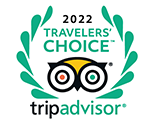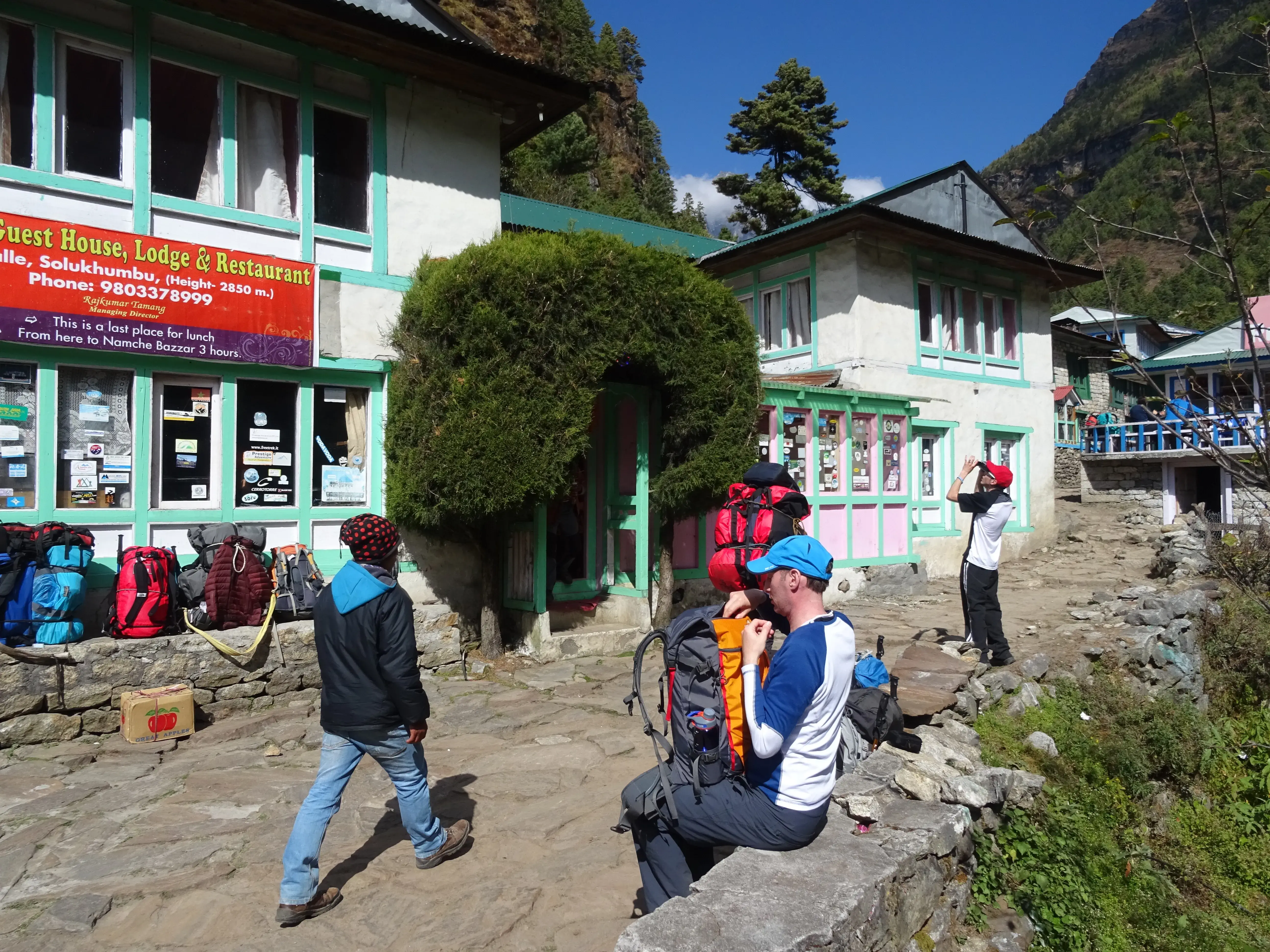Elevation Sickness Symptoms & Medicine to Prevent Altitude Sickness
Before trekking to the higher elevation without prior experience, trekkers need to know how to prevent altitude sickness on Everest Base Camp Trek? And also need to know elevation sickness symptoms to avoid AMS while trekking in higher elevation.
Gods live in heaven, and those who trek in the Himalayan Region may explore the real heaven on Earth. Trekking in the Everest Region is a melodious experience that offers the pristine surrounding, tranquil nature, tantalizing peaks, turquoise rivers and lakes, and un-trodden trekking trails; therefore, Everest Base Camp trek is the most popular trek in Everest Region.

Classic Everest Base Camp Trek is the most appreciated EBC Trek tailored by MMT. The trek to Everest Base Camp is awe-inspiring, yet, trekking above 3000m in the Himalayan region is risky and challenging due to altitude sickness. In EBC Trek, we have to ascend to the villages above 4,000m, climb to the base camp of world’s tallest peak: EBC (5,364M), and ascend Kala Patthar summit (5,645m). The trek can be difficult for some trekkers as altitude sickness start to occur above 3000m. It is always better to prevent altitude sickness than to regret later.
What is altitude sickness?
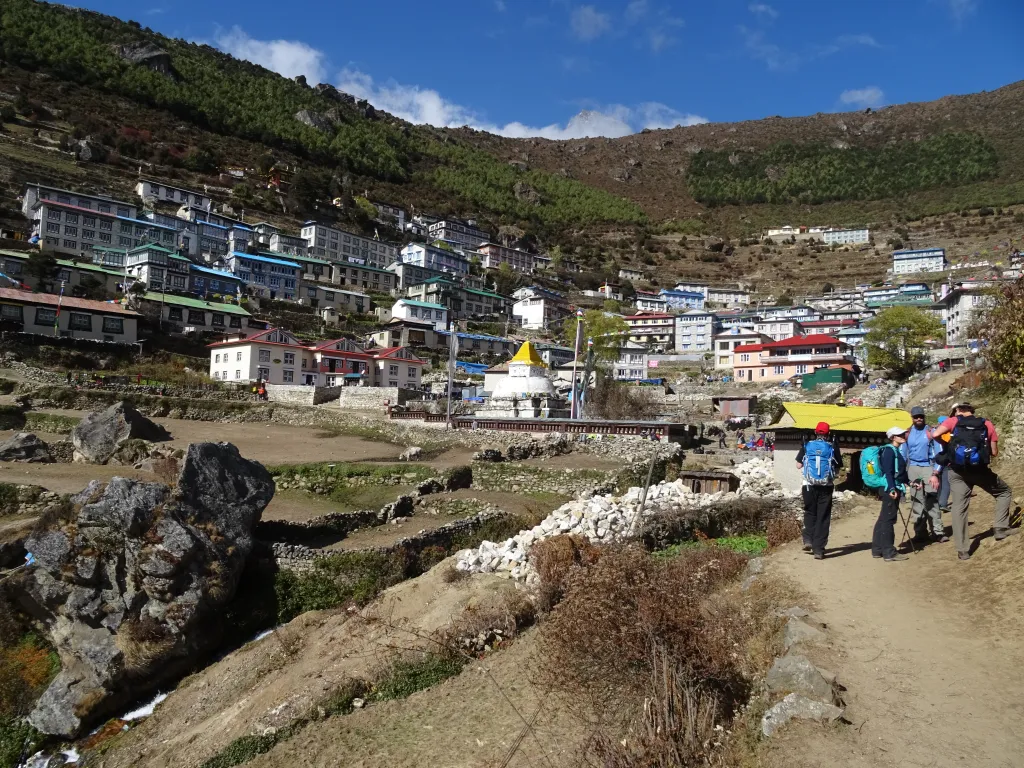
Altitude sickness is the health hazard caused by the low amount of oxygen at higher altitudes. The altitude sickness starts to affect the trekkers while climbing above 3000m. Altitude sickness can lead to Acute Mountain Sickness (AMS), High Altitude Cerebral Edema (HACE) and High Altitude Pulmonary Edema (HAPE) if precautions are not taken earlier.
AMS is the condition of the body in which one part of the two sense organs (ear, eyes, sensory nerves) stops functioning.
HACE is the condition in which there is a low supply of oxygen to the brain.
HAPE is the conditioning fluid is obstructed in the lungs and makes breathing difficult.
Causes of Altitude Sickness:
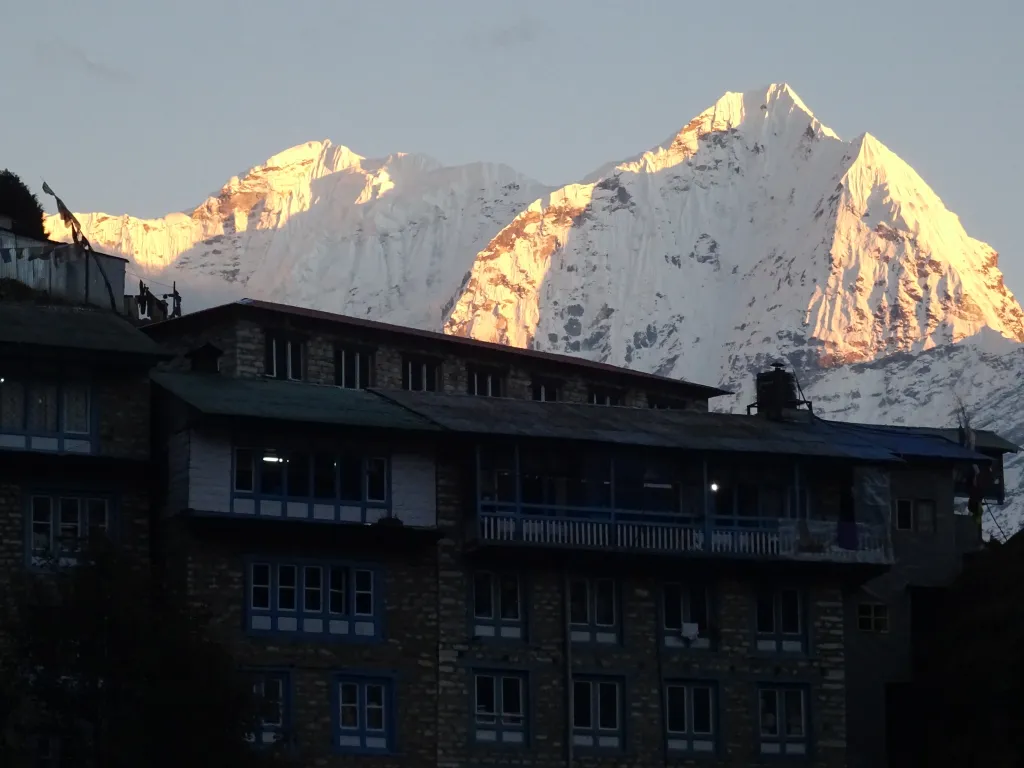
As the trek inclines towards higher elevation, the atmospheric air pressure starts to decrease. The low level of oxygen dysfunctions the important organs and causes elevation sickness symptoms.
Excess sweat produced from the body dehydrates the body and may result in a contribution of altitude sickness.
Another factor that increases the altitude sickness is the physical stamina of the trekkers. 8-10 hours walk a day in Gokyo – Renjo La Trek may increase altitude sickness if trekkers are physically and mentally unfit.
Elevation Sickness Symptoms - What are the elevation sickness symptoms?
- Headache
- Nausea
- Vomiting
- Poor appetite
- insomnia
- unconscious
- Swelling of face, hands, and legs
- Dizziness
- Stomach illness
- Fatigue
- Breathlessness
- Confusion
- Blurred vision
- Regular coughing
- Blueness in nails, tongue, and lips
- Foam and blood in saliva
How do you prevent elevation sickness symptoms on Everest Base Camp Trek?
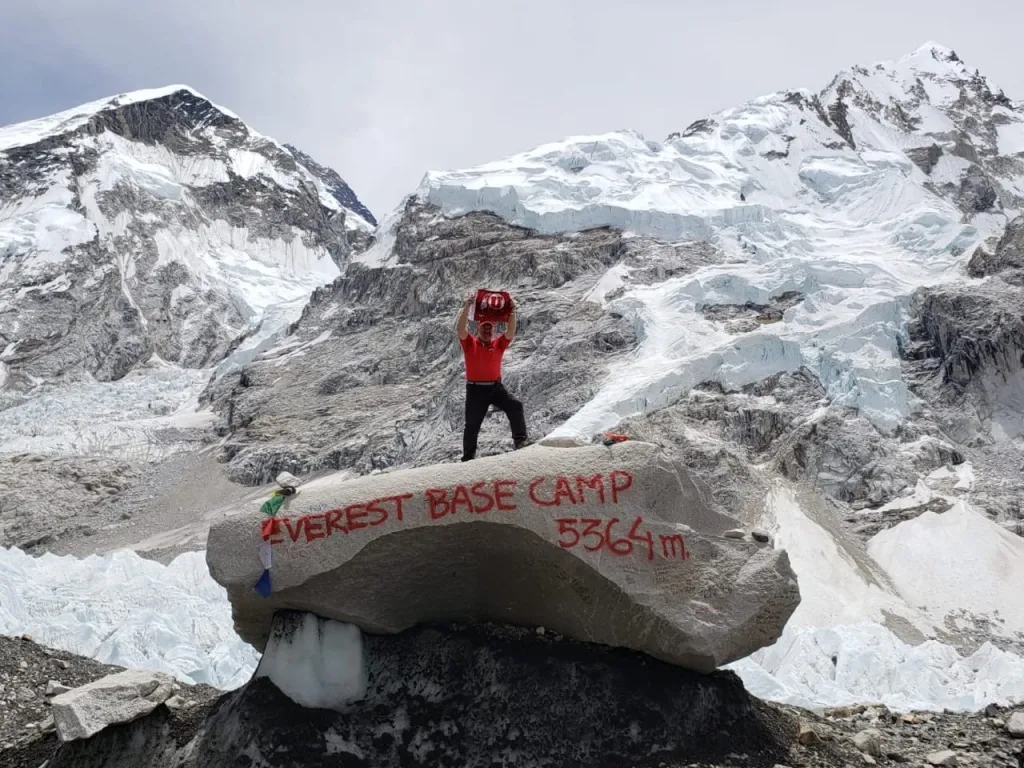
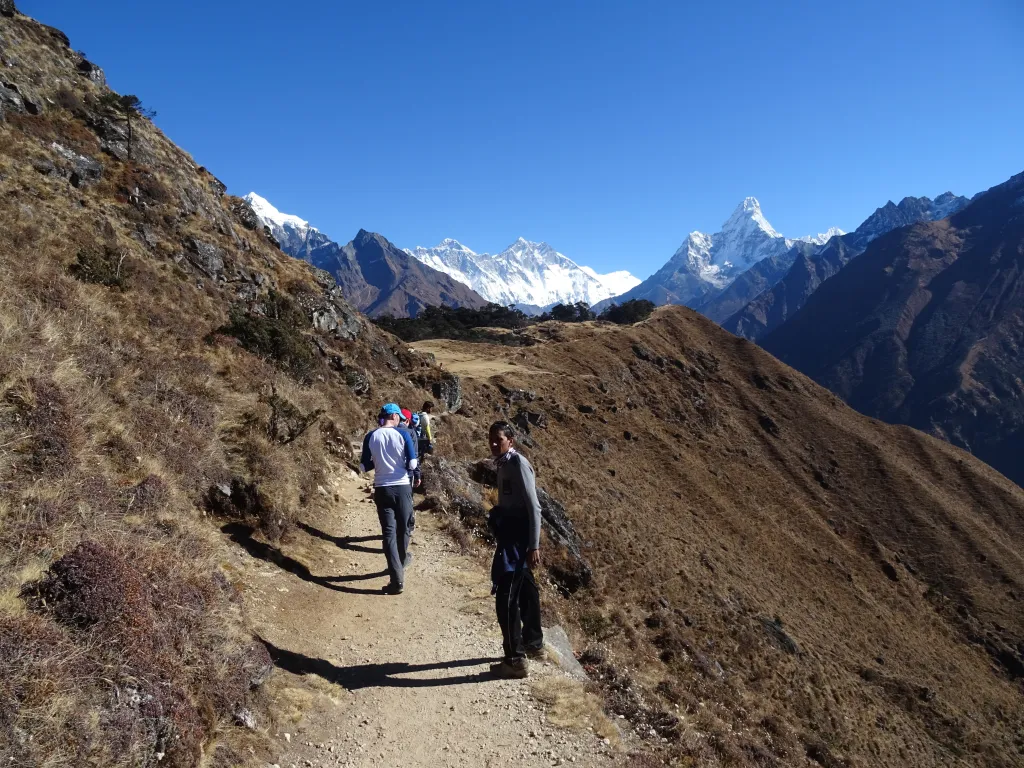
Climb slowly:
While trekking from lower elevation to the higher elevation, trekkers need to walk slowly and gradually with proper rest and acclimatization: Running or walking hurriedly is never a good decision. As we increase the pace, the less oxygen we consume: The more you climb higher, the less air pressure we feel as higher-level has a low oxygen level.
The health experts suggest trekkers not to climb more than 1000 feet in 8-10 hours a day. EBC trek like Short Everest Base Camp Trek is not a race to win but an adventure to feel; always walk in slow place.
Descend! Descend! Quickly:
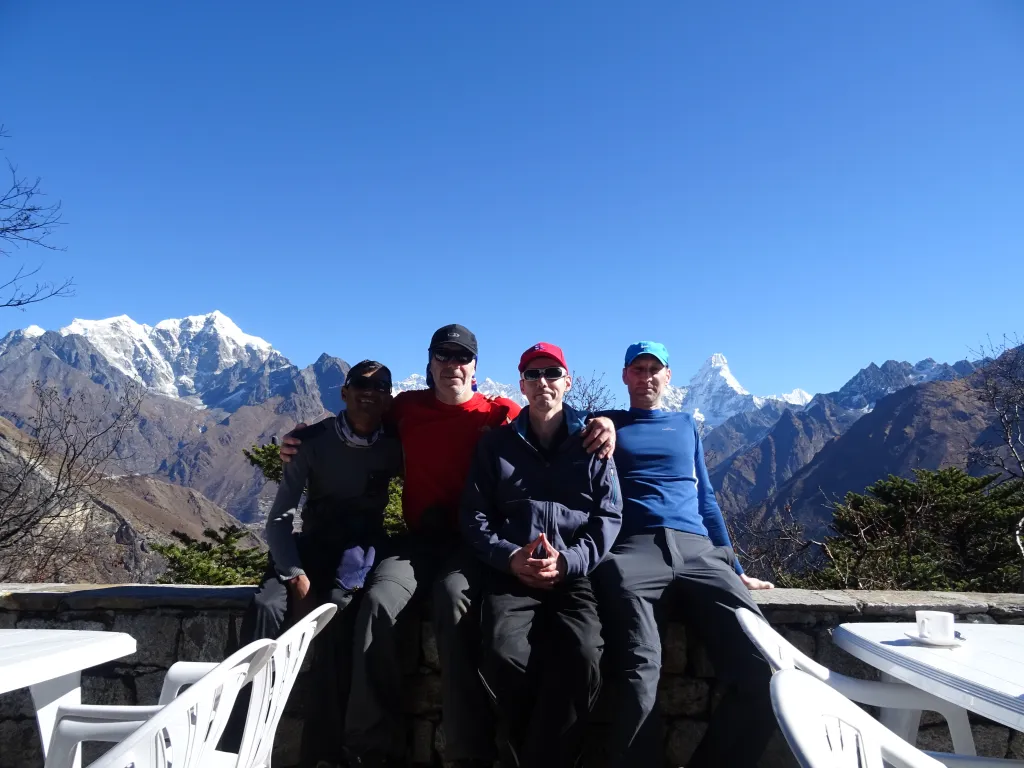
If the symptoms of Altitude sickness are seen, it is always a wise decision to drop down quickly to the lower region. In most of the cases, descending to the lower destination has helped to control the further risk. Descending down also helps to seek better health services provided by health post or Himalayan Rescue Association.
Keep Hydrated:
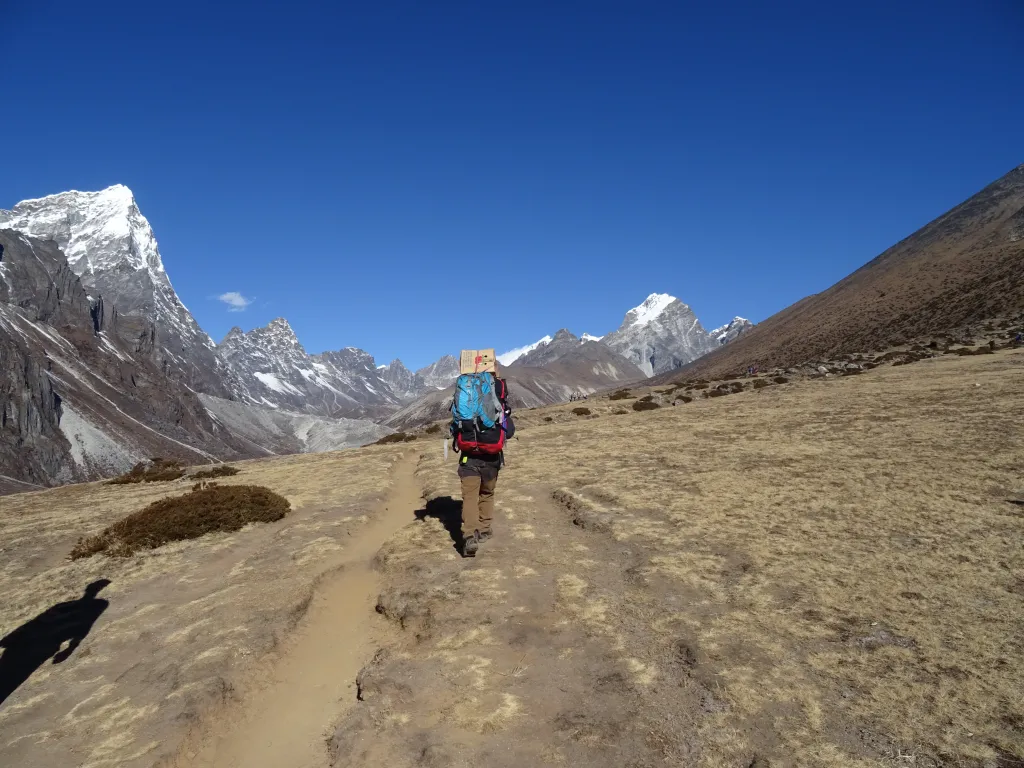
Walking for 8-10 hours a day in a steep uphill-downhill route obviously makes the limbs and muscle tiring. Even too much sweating lowers the level of salt or iron from your body; therefore experts advise to drink plenty of water or fluids while trekking to the higher elevation in Gokyo Lake Trek.
Dehydration can be the trigging factor of altitude sickness, so, keep yourself hydrated throughout the EBC Trek. You can drink either water or an ORS supplement to boost energy.
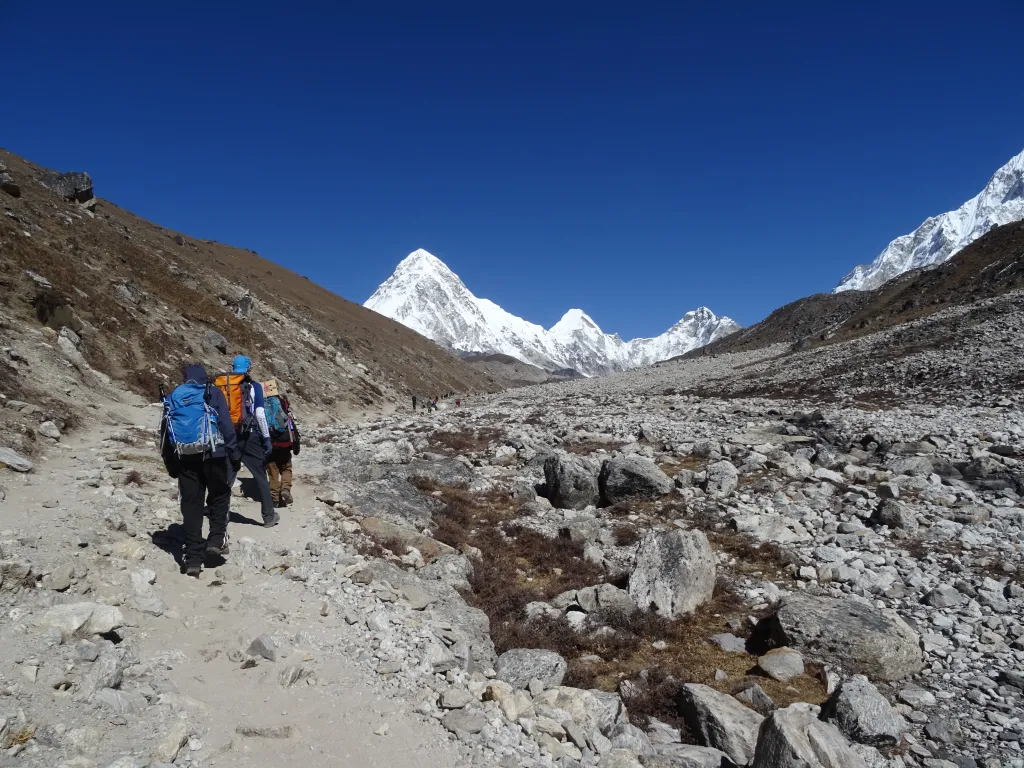
Sleep low:
Health experts have revealed that Altitude Sickness attacks the trekkers more during sleeping time, and some of the trekkers have also complained that they feel uneasy after waking up from the previous night's sleep. Due to continuous walk, the trekkers feel the difficulty of breathing while sleeping in a higher region. The best way to avoid AMS while trekking is to climb not more than 3000m – 5000m a day for accommodation.
Consume hygienic food and avoid alcoholic beverages:

Drinking alcoholic beverages dehydrate your body which makes the body prone to Altitude sickness. Likewise, if you eat fatty food like meat and dairy products then you may feel difficulty in walking and breathing.
The best way to prevent AMS is to consume the energy giving food which includes carbohydrates and protein. Also, eat dark chocolates or cocoa.
Plenty of acclimatization:
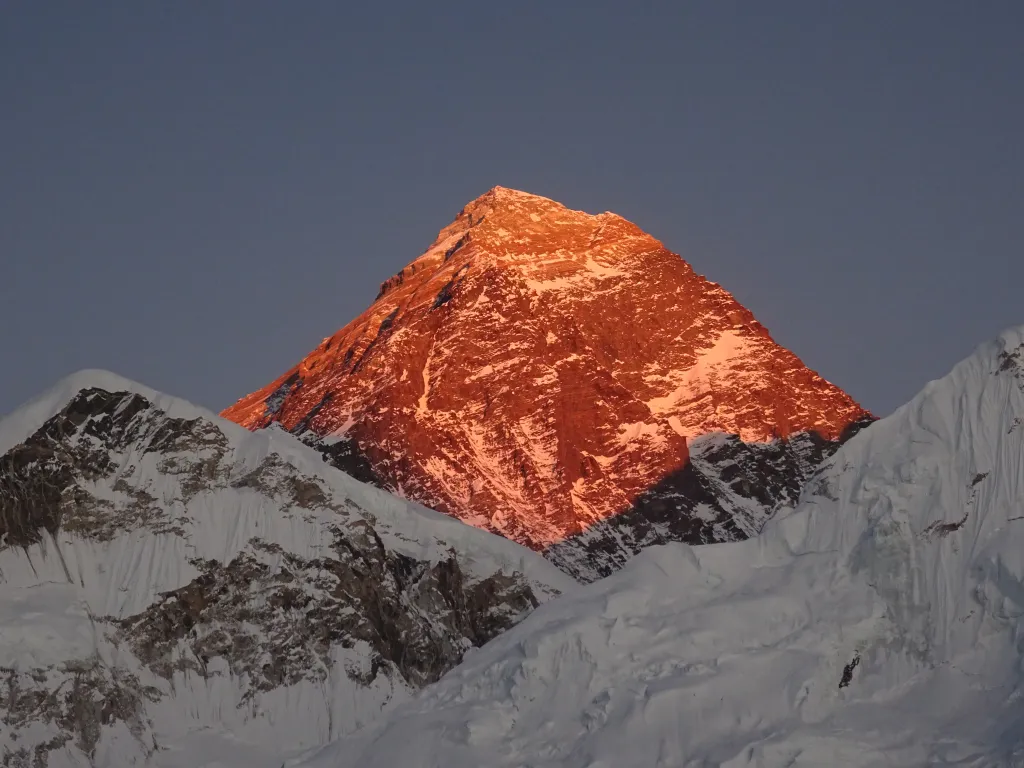
There is always a risk of Altitude sickness while trekking above 3000m – 4000m. After trekking for long and continuous days, trekkers need to give enough rest to their limbs, body, and muscle. Acclimatization is also necessary to adjust the thin air or oxygen intake; that is why long Jiri – Everest Base Camp trek has at-least 2-3 days of acclimatization.
Medication to prevent altitude sickness:
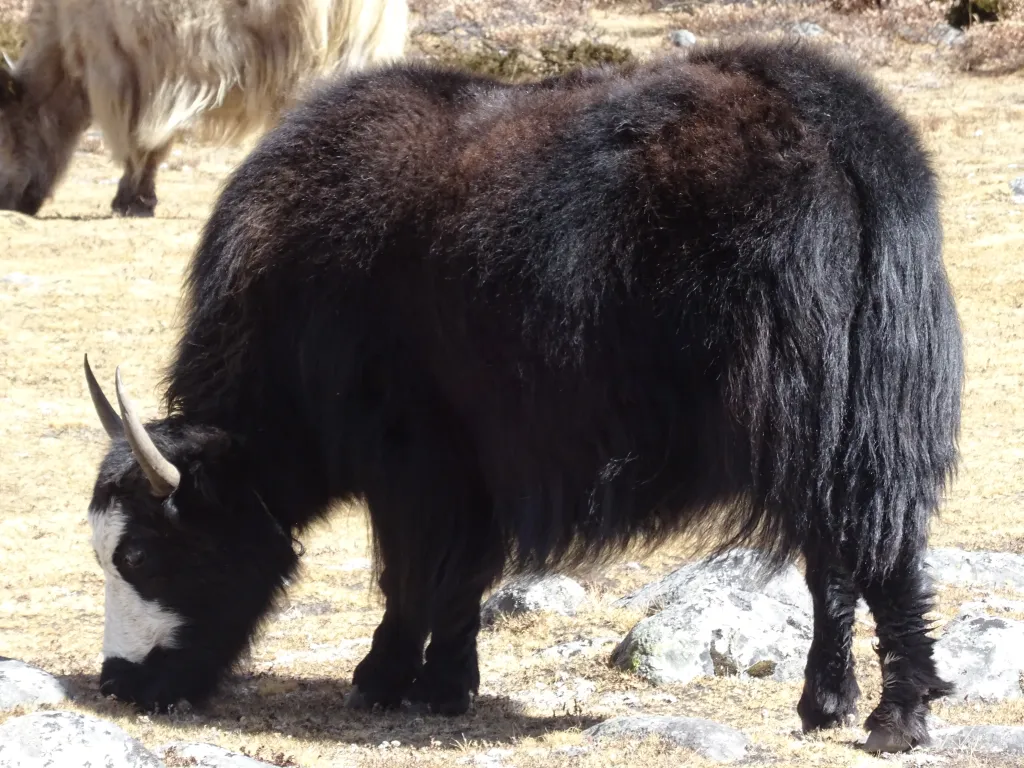
If you don’t want to take risk of altitude sickness while trekking in the higher elevation, one easy way to prevent it is by taking medicine as recommended by health experts or NHS.
The most preferred medicines like Diamox or Acetazolamide should be taken 1 or 2 days prior to the trek. Consumption of garlic is also a local remedy to lower the risk of AMS. Consult with the doctors or Pharmacist before taking medications.
Final say:
Everest Base Camp is the most serene place in the Everest Region. These days, EBC Trek has grabbed the attention of many adventure lovers. The trek is one of the most exciting, pleasant and worth-inspiring treks for the stupendous view of the highest peak: Mt. Everest, the world’s highest glacier: Khumbu glacier, surging rivers, sacred lakes and many more. Although the EBC Trek is the most highlighted trek, there are some difficulties due to some challenges caused by Altitude sickness. Most of the trekkers don’t get a prior idea about elevation sickness symptoms which may increase the risk while trekking in higher elevation.
Altitude sickness isn’t that complicated if the mentioned preventive measures are followed on time; otherwise, it can lead to casualty too. If you want to know something more about our Gokyo – Cho La Trek, contact us at any time; we are always ready for your help. Thank You!

